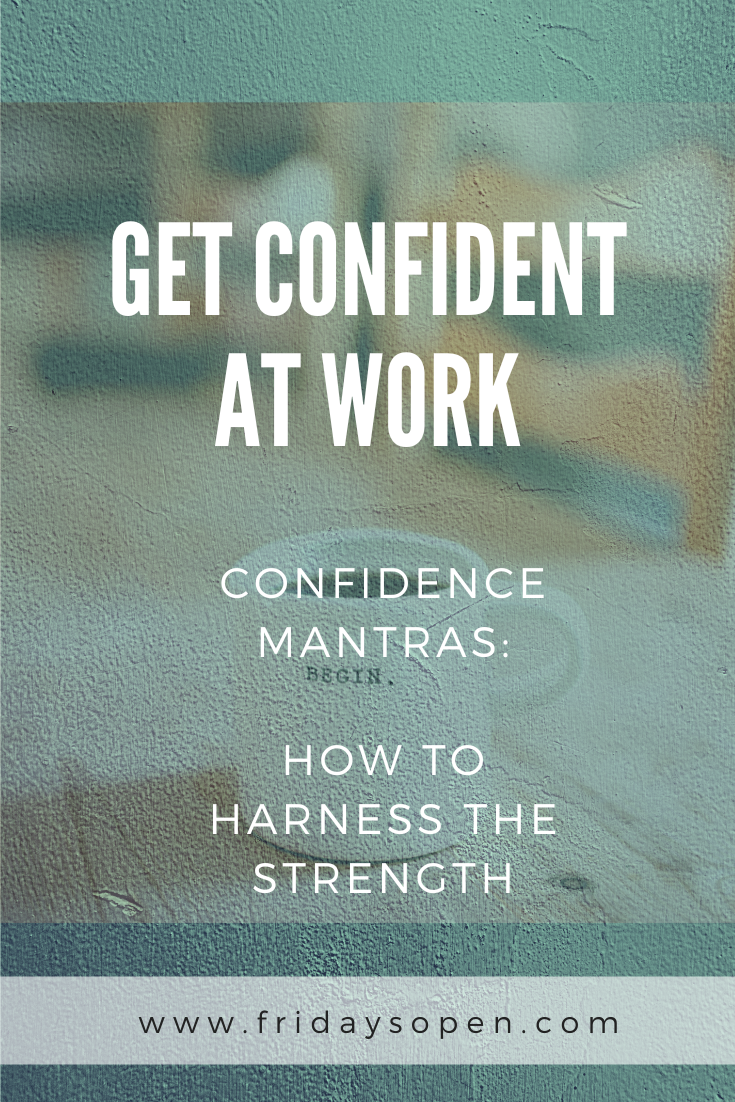Introduction: The Power of Words
We've all been there.
Staring at the elevator doors, rehearsing that pitch in our heads one last time.
Or maybe it's the cursor, blinking incessantly at us from a blank email page.
In these moments of hesitation, what we need is something more potent than a double shot of espresso or more useful than the Superman Pose.
What if I told you the key to getting more confidence in the moment is simpler than you think?
The answer is to ‘maintain your mantra’—a confidence mantra, to be exact. Hold tight; you're about to go from zero to hero in self-assurance.
The Psychology Behind a Confidence Mantra
Before you label this as to woo-woo, let's get analytical. Mantras aren't just for yoga retreats and meditation camps; they have a solid psychological backing.
According to cognitive-behavioral theory, our thoughts influence our emotions, which in turn affect our behavior.
A well-chosen confidence mantra can rewire our thought patterns, creating a domino effect that ends with improved performance. You don't need a Ph.D. to see that a simple sentence could be your ticket to better decision-making, effective problem-solving, and yes, killer presentations.
Finding Your Confidence Mantra: It's Personal
Now, don't just Google "best confidence mantra" and pick the first result.
Personalizing your mantra adds another layer of potency to it. Start with what you genuinely struggle with. Is it public speaking?
Use a mantra like, "My voice matters, and people are listening."
Is it taking risks? Try, "Failure is just a stepping stone to success." The more personal it is, the more it resonates, the more effective it becomes. It's your secret weapon, so own it.
Confidence Mantra for Professionals: Specific Phrases for the Workplace
Navigating the professional arena is akin to walking through a minefield. One wrong move, and boom! So here are some work-specific confidence mantras for you to arm yourself with:
"I bring value to every meeting."
"My expertise is my currency."
"I seize opportunities, not just coffee cups."
"I'm the solution, not the problem."
"Every project is a chance to excel."
"I am resilient in the face of challenges."
"My contributions make a difference."
"I navigate change with ease and poise."
"I'm not just a participant; I'm a contender."
"Today's efforts are tomorrow's achievements."
"Courage fuels my decision-making."
"I cultivate a positive work environment."
"I grow through what I go through."
"My skills are unique and valuable."
"Every obstacle is an opportunity in disguise."
How to Utilize Your Mantra: Practice Makes Perfect
So you've got your mantra—now what? A confidence mantra is not a "set it and forget it" deal. It needs nurturing.
Start your day by repeating your mantra; say it out loud or write it down. Create a daily reminder on your phone or post sticky notes on your bathroom mirror.
Points for saying it four or five times a day, at different times.
The key is to make it so ingrained in your routine that you start to live it. Because what's the point of having a mantra if you're not going to live by it?
The Ripple Effect: Impact on Career Growth
Don't underestimate the incremental gains from employing a confidence mantra. Over time, these small boosts in confidence can lead to significant career milestones.
Whether it's landing a high-profile client or finally getting that promotion, your mantra-fueled confidence sets the stage for long-term success.
And who knows, you might become the mantra evangelist at your workplace. Who wouldn't want to be the office guru of good vibes?
Must-Haves to Cement Your Confidence Mantra
Alright, let's talk gear. Yes, there are actual products designed to take your mantra to the next level:
Confidence Journal: Jot down how you felt before and after using your confidence mantra. It's like a fitness tracker but for your ego.
Confidence & Courage Journal Prompts: Never start at a blank journal page again with these excellent prompts to help change your brain and help the confidence practice stick.
Motivational Desk Plaque: Forget 'World's Best Boss.' How about a plaque that shouts your mantra at you all day?
Conclusion: Your Journey from Doubt to Empowerment
There you have it, a simple exercise for transforming your professional life with a simple yet powerful tool: a confidence mantra.
So the next time you find yourself not feeling so confident, professionally or personally, remember this—the strength to break through barriers and reach new heights is just a mantra away.
So go ahead, embrace the power of words.













